Ertach Kernow - National patron saints of Cornwall
National patron saints of Cornwall
Most people are aware that the nations of the United Kingdom have their own patron saints, St Andrew for Alba (Scotland) St David for Cymru (Wales) St Patrick for Eire including Northern Ireland, England’s St George and of course our own St Piran here in Kernow (Cornwall).
Few if any of the English counties have their own patron saint although some such as Devon have groups who are working towards them having a county saint. There is interest in this Devonshire saint being St Boniface born in Crediton during the 7th century, others are attempting to purloin one of Cornwall’s medieval patron saints, St Petroc. The difference between county patron saints and for example Cornwall is that our patron saints are national saints, acknowledged in English history albeit less so today by England.
Although St Piran is recognised today as Cornwall’s primary patron saint he is one of a triumvirate of Cornish patron saints who have been acknowledged within Cornwall over the centuries. St Michael the Archangel was venerated in Europe from the 8th century inspiring the construction of Mont-Saint-Michel in 709CE. This followed the appearance of the Archangel Michael to Aubert the Bishop of Avranchin, with instructions for him to build a church on an outcrop, or so legend tells us. Following support for Duke William of Normandy in his successful claim to the English throne in 1067 the Cornish island of St Michael’s Mount was given to the church of Mont-Saint-Michel. This began the medieval connection of St Michael with Cornwall, where besides St Michaels Mount the small chapel at Lammana in Talland parish was established by about 1114CE with its connection to Glastonbury Abbey. A number of churches and major chapels of ease were dedicated to St Michael including those at St Michael’s Caerhays by 1259, St Michael Penkevil by 1261, Helston by 1284 and many more throughout the 14th to 16th centuries. Besides buildings there were numerous stained-glass windows, bells and other objects dedicated to St Michael. A number of later churches were dedicated to St Michael including the 19th century Anglican churches at Baldhu, Bude, Latchley, Mawnan Smith, Ponsanooth, Perranporth and Penwerris, with the final one at Newquay replacing the earlier 1859 chapel of ease in 1911. Catholic churches also saw new buildings dedicated to St Michael at Mullion in 1925 and Wadebridge in 1948. Although St Michael’s days as a well-known Cornish patron saint are perhaps behind him eclipsed by firstly St Petroc and later by St Piran he is still strongly represented in church buildings and memorials throughout Cornwall.
St Petroc was first mentioned in documents of the 10th century in relation to the churches dedicated to him at Bodmin and Padstow. The first ‘Life of St Petroc’ seems to have been written during the middle of the 11th century, preserved in manuscripts from Brittany. Canon Professor Nicholas Orme suggests in his Saints of Cornwall, published in 2000, that the work looks likely to have been carried out by a cleric from Cornwall, probably Bodmin. Like many early Cornish saints Petroc, born in 468CE, was said to have travelled from Wales along with a contingent of some sixty others, firstly to Ireland to study for some twenty years. Later travelling to Cornwall Petroc landed it is suggested at the Camel estuary and meeting a bishop called Wethenoc accepted the hospitable donation of his cell to live in. Wethenoc asked that the place continued to be called Landuvethnoc, which is a historic name for Padstow. St Petroc deserves a far better biographical overview than can be given here but can confirm his cult grew and thrived during medieval times. This is a tale which has many twists and turns and following his death in 564CE led to his body being moved from Padstow to Bodmin to avoid Viking raiders. In 1177 his head was stolen and after intervention by Henry II returned to St Petroc’s Church in Bodmin along with the valuable casket it still resides in. To avoid destruction during the Reformation casket and head were hidden only to be lost until 1831 when rediscovered. It sounds like St Petroc’s head had quite an exciting time all by itself.
Moving onwards or really backwards to St Piran, he is said to have died on 5th March 480CE sometime before St Petroc. That date is the day that Cornwall now celebrates its national day. Along with being one of three Cornish national patron saints, St Piran is also the patron saint of tin miners, once a major occupation and industry in Cornwall. The Archangel St Michael is in reality a biblical being, first mentioned in the Book of Enoch, unlike St Petroc for whom there is a strong degree of actual historical evidence. St Piran lies somewhat in between, in that although he existed little is really known with much myth and legend surrounding him.
The earliest reference to the name or word Piran was as part of a charter dated 960CE which mentions the place-name Carnperan (rock of Piran) recorded at Tywarnhayle. Centred around what became Perranporth a cult of St Piran became established and the Lanpiran monastery, where the current oratory is located, was founded.
John of Tynemouth a clerical scholar in the 14th century, who collected stories relating to saints by travelling and visiting libraries and cathedrals, created an abridged version of the lives of saints. This was printed in 1516 and is known as Capgraves Nova Legenda Anglie. It is likely, according to Canon Gilbert Doble the mid-20th century author of Saints of Cornwall, that the information relating to St Piran was found by John of Tynemouth in Exeter Cathedral and he created a ‘Life of St Piran’ as part of his work Nova Legenda Anglie. This work was very abbreviated and much of the original left out but in 1937 what are known as the Gotha manuscripts were discovered. These provided more information of what we know about St Piran and many other saints and were written in the 12th/13th century. The Gotha manuscripts of saints lives were likely the source of information for John of Tynemouth’s later abridged transcriptions published as Nova Legenda Anglie by Wynkyn de Worde.
This version of the ‘St Piran’ tale seems to have been based on the Life of St Ciaran of Saighir an Irishman and as with the Cornish version has some highly unlikely and mythical aspects to the story. This begins. ‘The blessed Piran who by some is called Keranus is called Piran in Cornwall, where he rests’. Many have associated Keranus with Piran due to the alteration of the C to a P in translation of the two varying Celtic languages. This tale once translated from the Latin is far too long to relate here, but includes all sorts of accounts of wandering cows, eating the flesh of donkeys, captive maidens, slain harpists, carnal friendships and murder. Basically, it sounds like an ecclesiastical take on Game of Thrones and would make a good film. However, what it is not, is a real ‘Life’ of our beloved St Piran.
Now we come to the Cornish version that has become associated with St Piran and how he arrived on our shores. The myth tells us that after being captured by a pagan Irish tribe and through jealousy of his miraculous powers relating to curing illnesses they tried to kill him by drowning. Tying Piran to a millstone during a violent storm they threw it into the sea, the millstone rose to the surface like a cork and the seas calmed. Off floated Piran towards Cornwall and everlasting fame as the now most popular of Cornish saints and to be celebrated every March 5th. Arriving in Cornwall at what became Perranporth he built his original oratory on Penhale Sands, and it’s said that his first converts were a badger, a fox and a bear. He is said to have discovered tin through tin oozing from a black rock heated at his fire but given the scientific evidence of tin from much earlier times this is clearly untrue with his popularity from Cornish tin miners coming from some other association many centuries later. How the Baner Sen Peran, St Piran’s Flag, now the acknowledged flag of the Cornish nation came into being, with white tin on the black stone background in the shape of a cross is a good story.
Besides his original oratory, which was probably a wattle and daub hut, later replaced with the stone oratory, St Piran is believed to be the founder of churches at Perranuthnoe, Perranarworthal and Tintagel. The third attempt at a church following the sand engulfing the oratory and what is now known as St Piran’s Old Church in the 18th century, is in the hamlet of Perranzabuloe. He is also said to have visited Brittany and Wales. There are a number of churches at St. Peran, Loperan and Saint-Perran in Brittany named after him. His connection with Brittany was further set in stone in 2018 when a statue of St Piran became the one hundredth statue in the Valley of the Saints being constructed at Carnoët. Carved from Cornish granite with an Irish granite millstone and a Breton granite base this is a fantastic six-ton memorial to St Piran and the close Celtic relationship between Cornwall, Ireland and Brittany.
Anyone wanting to watch the amusing short video created by the Cornwall Heritage Trust can find the link on the Association for Cornish Heritage YouTube Channel at www.bit.ly/StPiranFilm starring many Cornish luminaries including the current Grand Bard of Gorsedh Kernow Pol Hodge, former Grand Bard Merv Davey with Alison Davey and leader of Mebyon Kernow Dick Cole. It’s quite a hoot. To finish off I wish one and all ‘Gool Peran Lowen’. Kernow Bys Vyken.
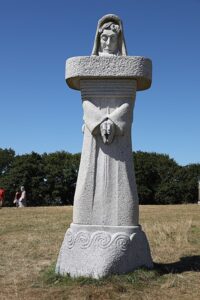
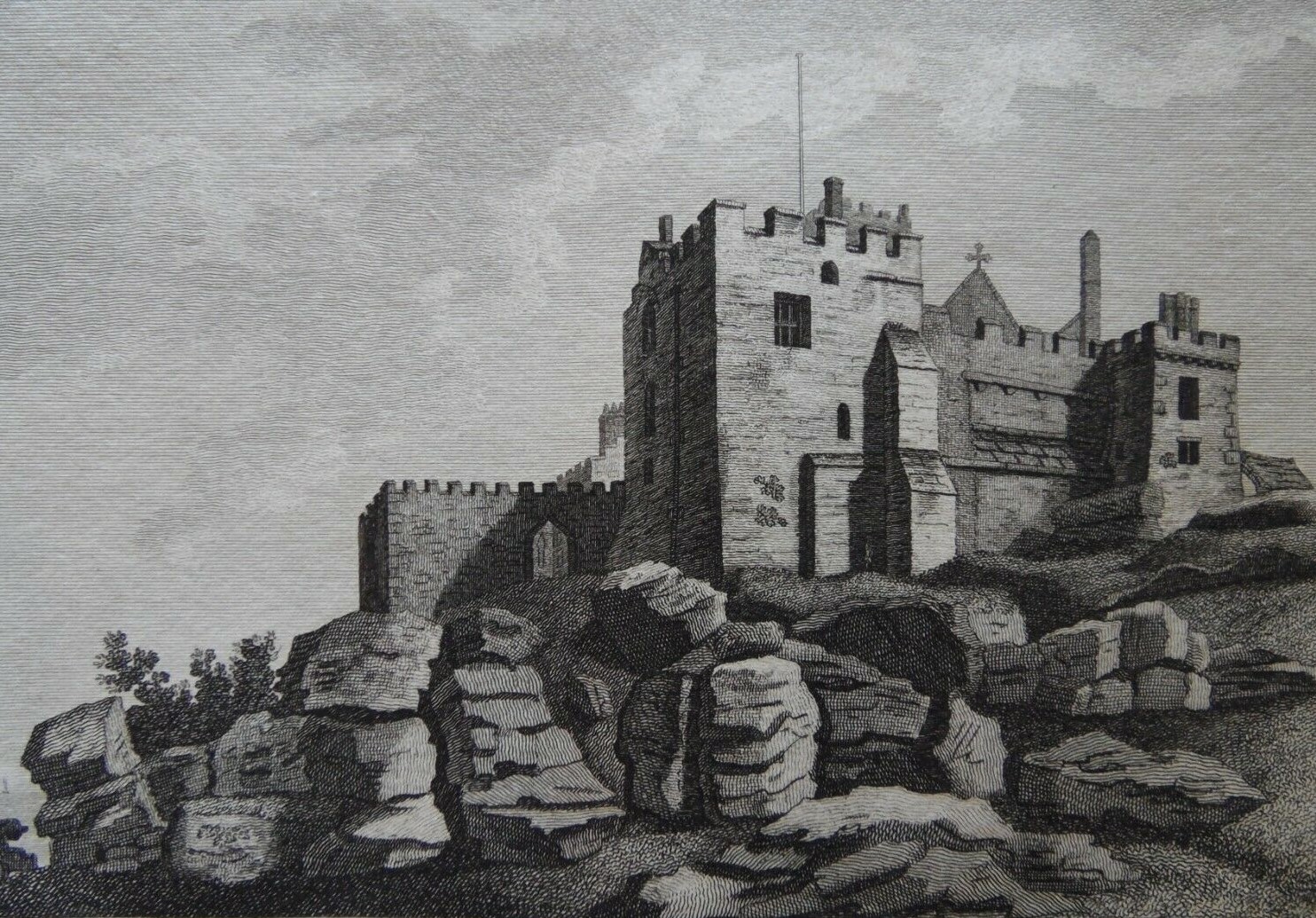
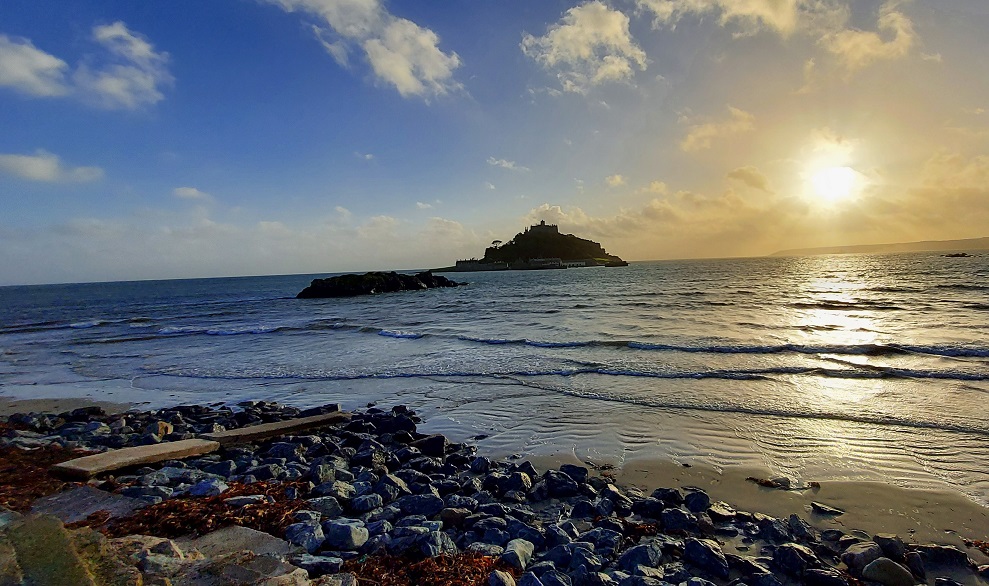
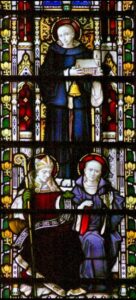
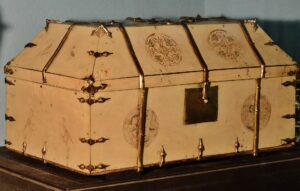

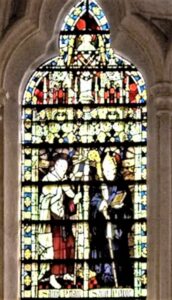
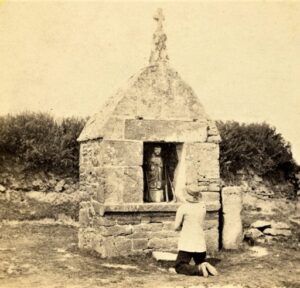
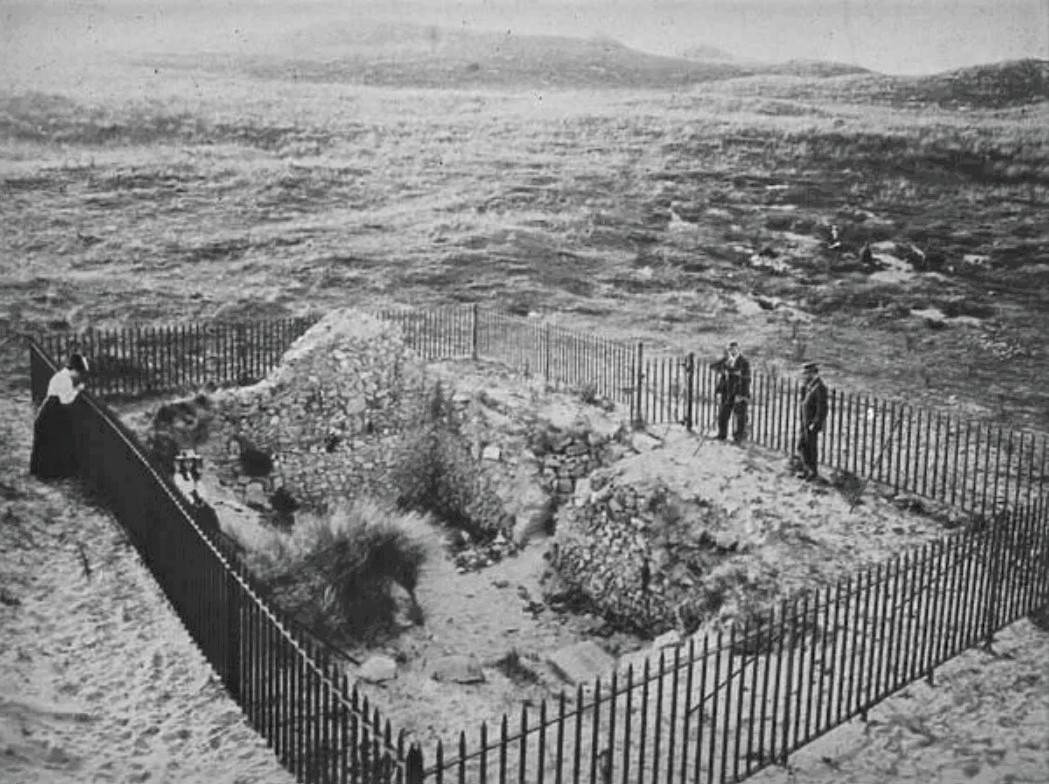
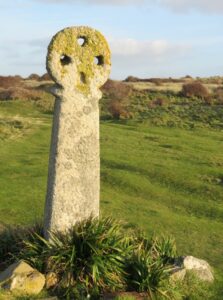
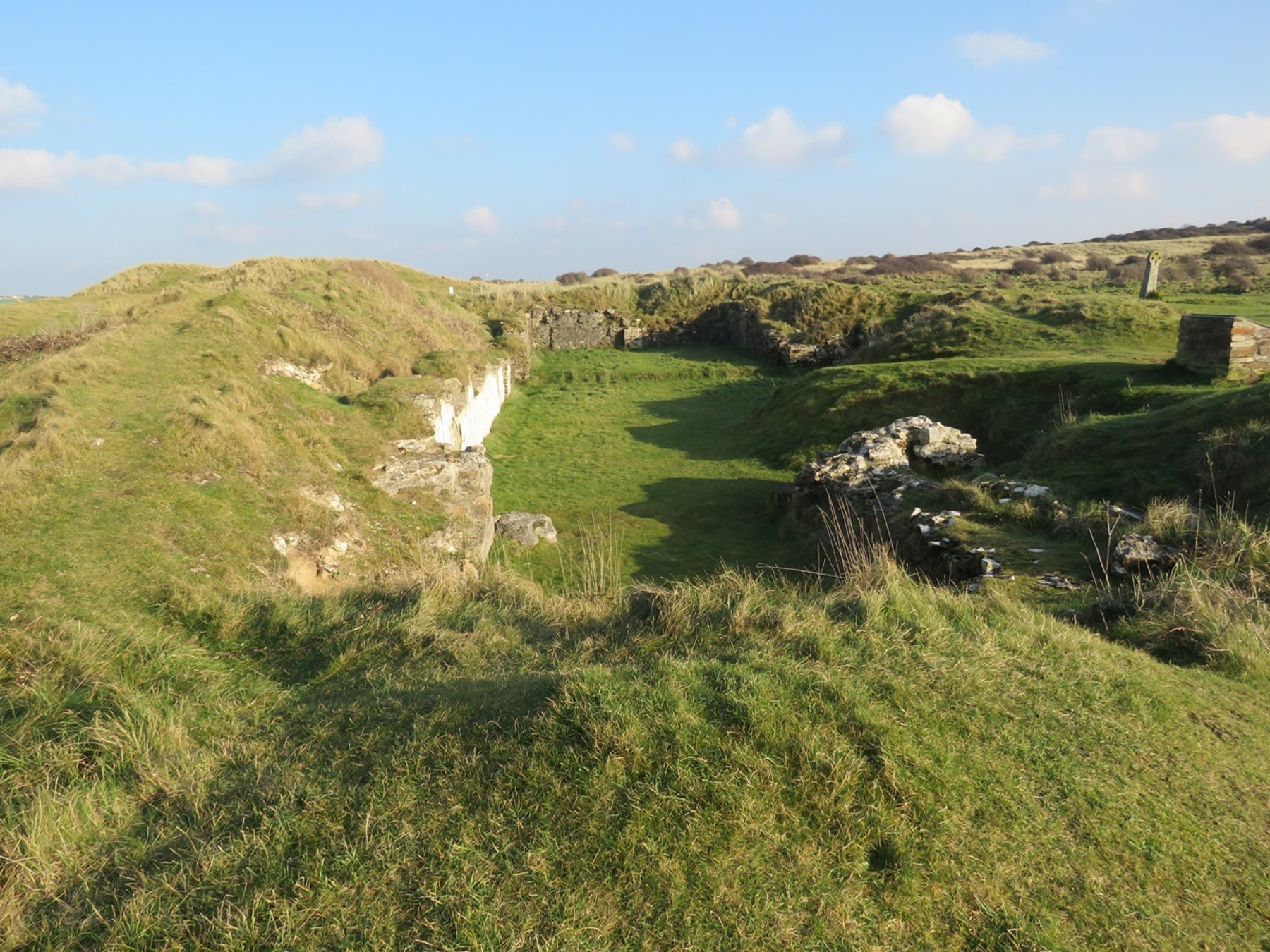
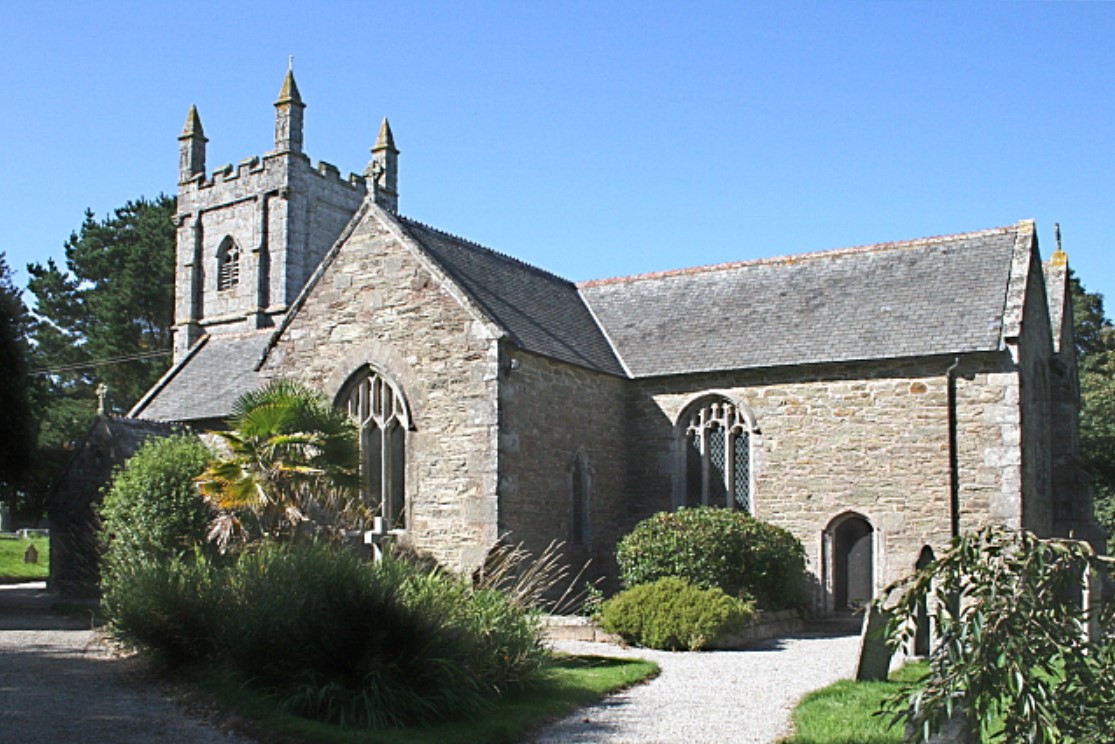
![Ertach Kernow - 01.03.2023 Cornwall's Patron Saints [1] National patron saints of Cornwall](https://www.cornwallheritage.com/wp-content/uploads/2023/03/Ertach-Kernow-01.03.2023-Cornwalls-Patron-Saints-1-254x300.jpg)
![Ertach Kernow - 01.03.2023 Cornwall's Patron Saints [2] Ertach Kernow - Cornwall's Patron Saints](https://www.cornwallheritage.com/wp-content/uploads/2023/03/Ertach-Kernow-01.03.2023-Cornwalls-Patron-Saints-2-254x300.jpg)
![[140] Ertach Kernow Heritage Column - 1st March 2023 - Flying Cornwall's Flag Ertach Kernow Heritage Column - 1st March 2023 - Flying Cornwall's Flag](https://www.cornwallheritage.com/wp-content/uploads/2023/03/140-Ertach-Kernow-Heritage-Column-1st-March-2023-Flying-Cornwalls-Flag.jpg)